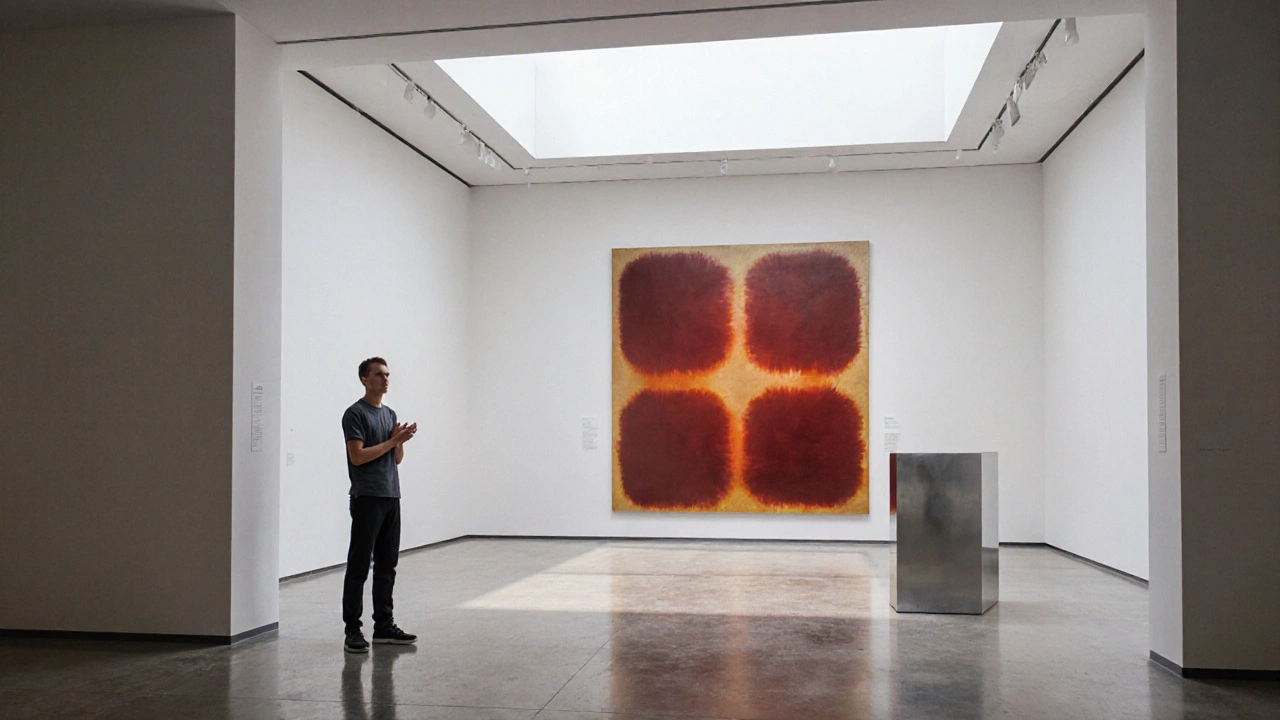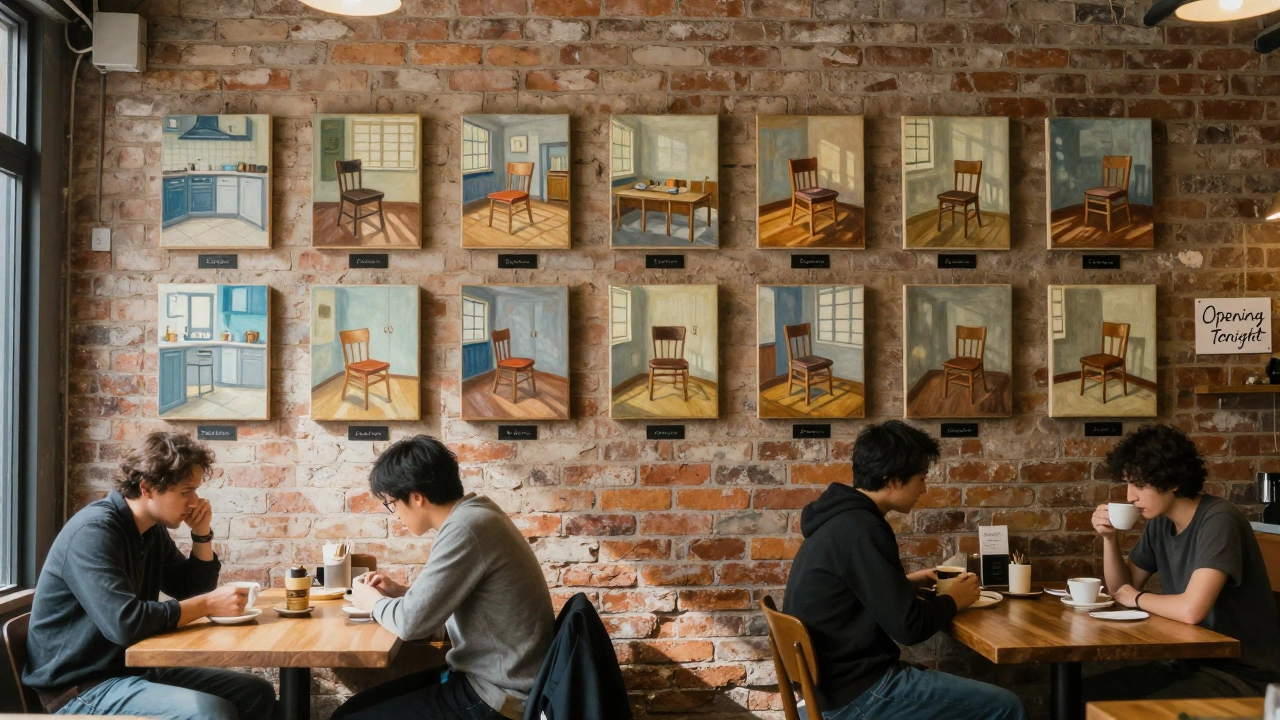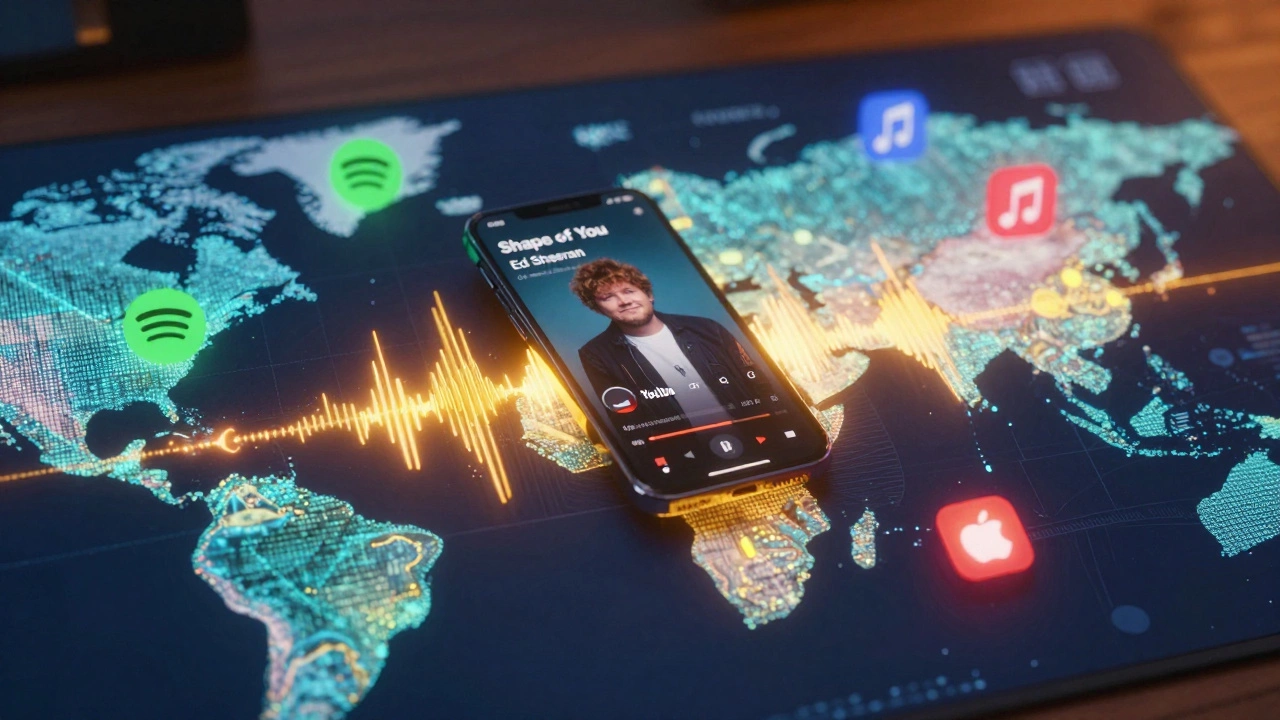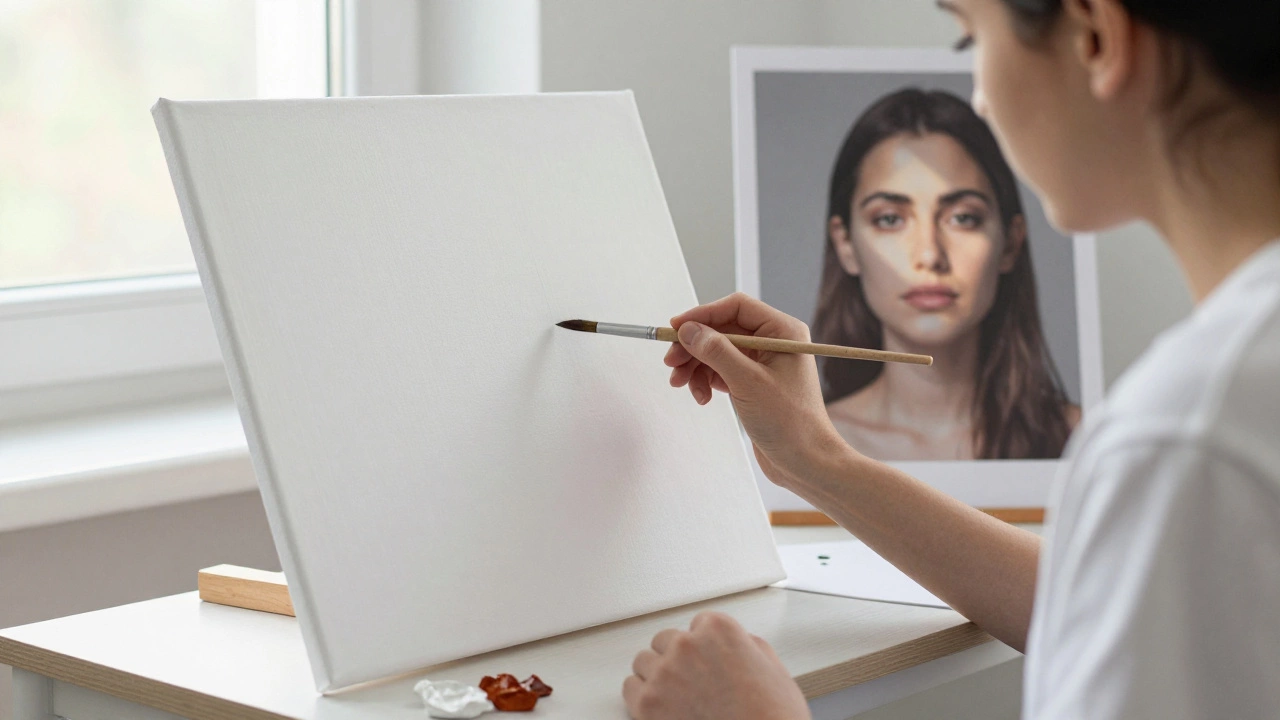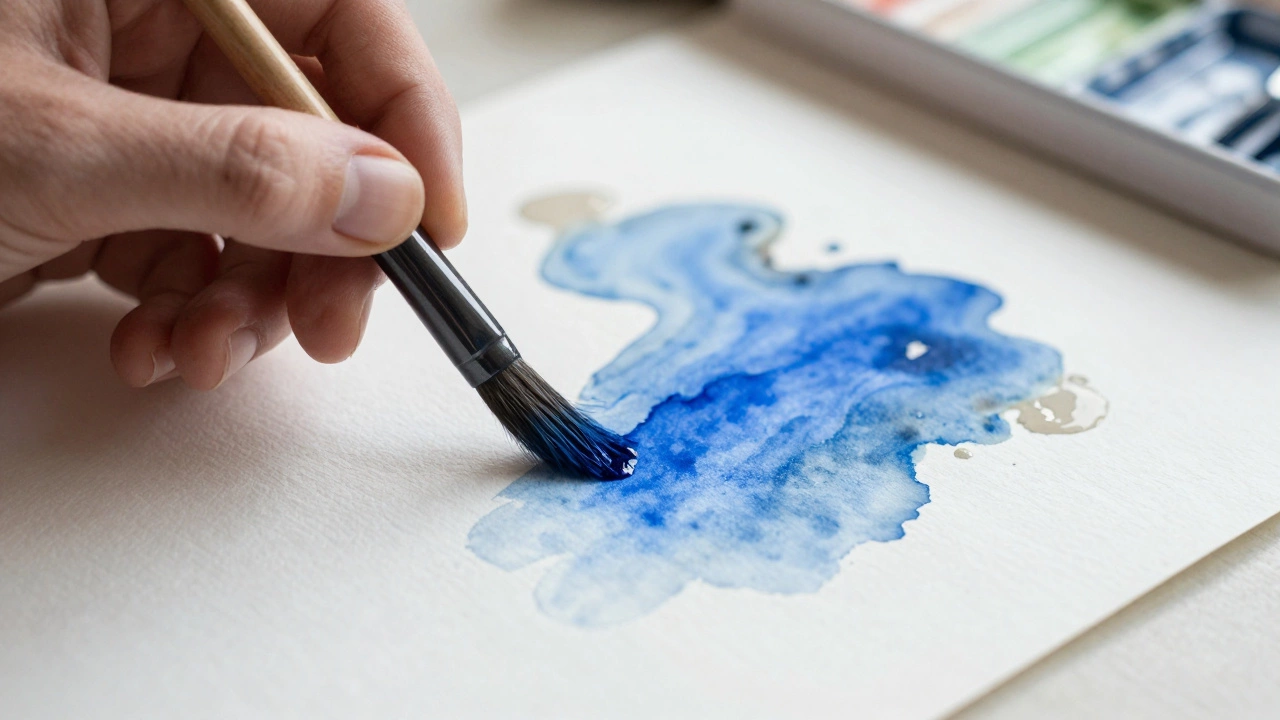When you walk into a gallery of Modern Art art created roughly from the late 19th century to the present, often challenging traditional aesthetics, you might feel baffled, irritated, or even angry. Those reactions aren’t random; they stem from a set of long‑standing arguments that question the very purpose, value, and relevance of this art movement. Below, we break down the most frequently voiced objections, why they matter, and what they reveal about how we judge creative work.
Key Takeaways
- Critics often target perceived lack of skill, intentional ambiguity, market manipulation, and cultural elitism.
- Many arguments hinge on historic precedents like Dada, Conceptual Art, and Minimalism.
- Understanding these critiques helps you engage with modern art more critically, whether you love or loathe it.
1. The “No Skill” Argument
One of the oldest complaints is that modern artists don’t need traditional technique. Critics point to works like a painted canvas of a single color or a readymade object and claim the creator bypassed the mastery required of earlier painters.
Take Mark Rothko, often cited for his large color fields. While his brushwork is subtle, many argue the visual impact relies more on scale than skill. The same criticism applies to Donald Judd's sleek metal boxes, which seem to be mass‑produced rather than handcrafted.
Defenders counter that skill has evolved: mastering composition, color theory, or industrial fabrication are legitimate competencies. Yet the debate remains because the public’s benchmark for "skill" is still rooted in classical training.
2. Intentional Ambiguity and Meaninglessness
Modern art often embraces ambiguity, prompting the claim that it is deliberately meaningless. Dada movements, for example, produced anti‑art pieces like Marcel Duchamp’s Fountain, a signed urinal presented as sculpture. Critics say such works mock the very idea of art, reducing it to a joke.
Conceptual Art takes this further: the idea outweighs the physical object. Sol LeWitt’s wall drawings are instructions that anyone could execute. Skeptics argue this turns art into a mere statement, stripping away sensory experience.
Supporters argue that challenging meaning forces viewers to confront their assumptions. By refusing obvious narratives, modern art can expose cultural power structures, something that more literal art often sidesteps.
3. Market Manipulation and Inflated Prices
The sky‑high prices fetched at auction houses fuel the belief that modern art is a speculative bubble. Works like Jeff Koons’ stainless‑steel balloon sculptures sell for tens of millions, prompting the question: is the price justified by artistic merit?
Critics point to the role of galleries, art fairs, and wealthy collectors who drive up demand. The Art Market functions like a stock exchange, where scarcity and hype can override aesthetic value.
Defenders contend that price reflects cultural significance and historical impact, not just market tricks. However, the opacity of private sales keeps the debate alive.
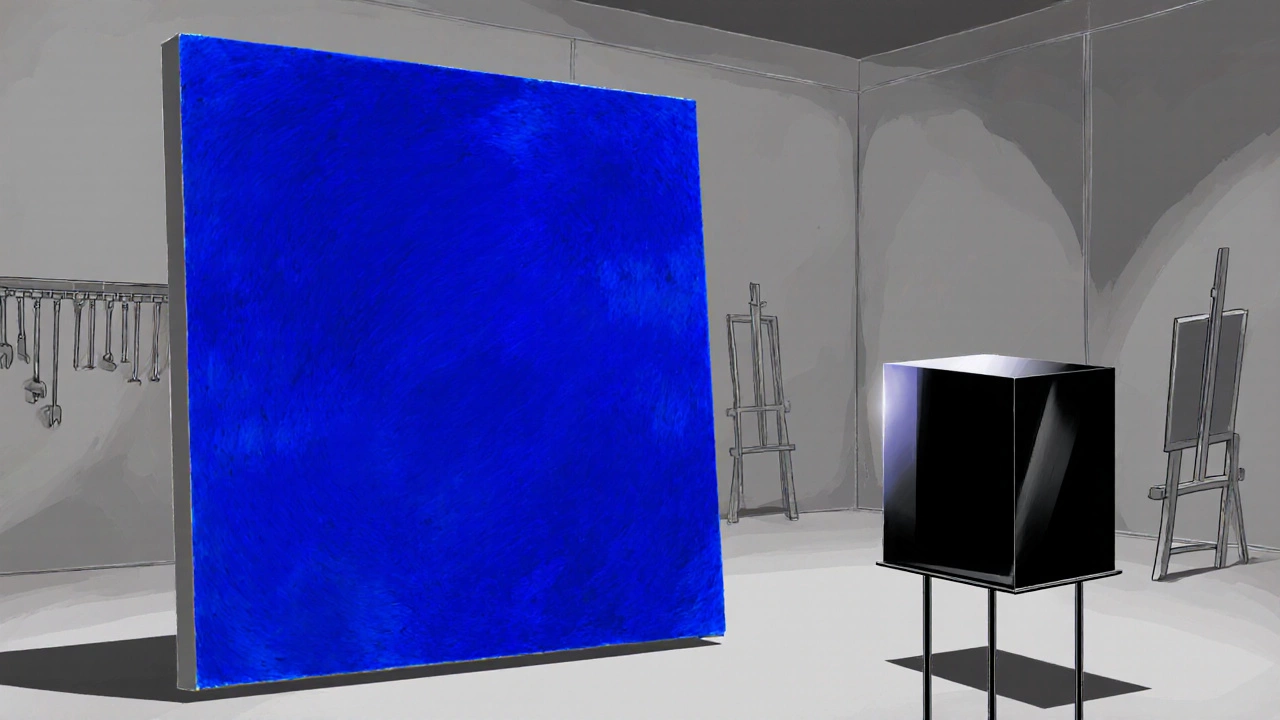
4. Cultural Elitism and Accessibility
Many argue that modern art caters to an elite, insider audience. The language used in museum labels-terms like "post‑structuralist" or "deconstruction"-can alienate casual visitors.
Institutions such as Museum Curators often curate exhibitions that prioritize avant‑garde narratives over popular appeal. This creates a perception that modern art is a club for the educated few.
On the flip side, public programs and community workshops aim to demystify modern art. When galleries host interactive installations, they invite broader participation, challenging the elitist label.
5. Historical Break from Tradition
Modern art is defined by its break from classical representation. Critics who value realism see movements like Abstract Expressionism as a departure from skillful depiction of the world.
Jackson Pollock’s drip paintings exemplify this rupture: the canvas becomes a record of gesture rather than a window into scenery. Traditionalists ask, "Where is the subject?" The answer often lies in the artist’s internal emotional landscape, a concept many find hard to evaluate.
6. The ‘Anything Goes’ Defense
Opponents argue that modern art’s openness leads to a "anything goes" mentality, where the line between art and everyday objects blurs to the point of nonsense. This perspective fuels satire and memes that mock minimalist sculptures as "just a box.">
Yet proponents claim this flexibility is precisely the strength of modern art: it reflects a pluralistic world where multiple truths coexist. By allowing a tangle of media-video, performance, digital code-modern art mirrors contemporary culture.
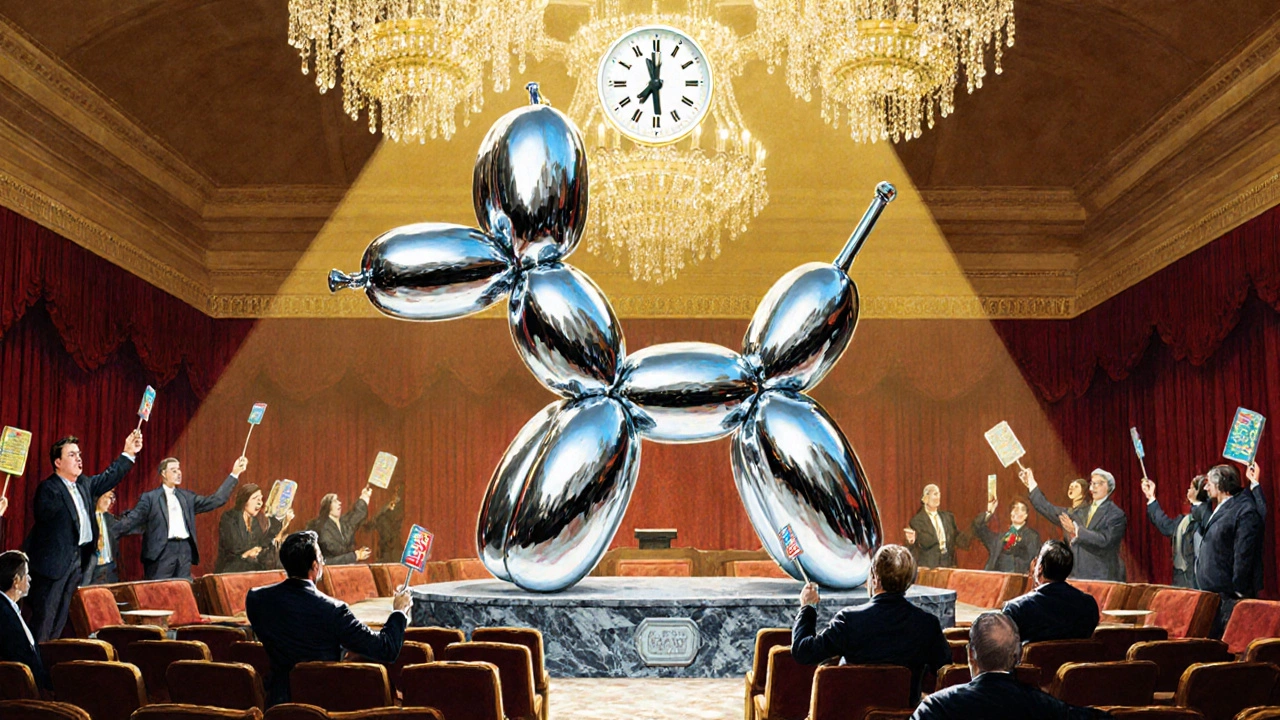
Comparison Table: Common Criticisms vs Typical Defenses
| Criticism | Typical Defense |
|---|---|
| Lack of technical skill | Skill evolves; mastery of concept, material, and context counts |
| Meaninglessness | Ambiguity invites personal interpretation and critical inquiry |
| Market hype inflates value | Price reflects cultural impact and historical significance |
| Elitist language | Educational outreach programs aim to broaden access |
| Break from tradition ignores craft | New forms reflect evolving societal narratives |
| ‘Anything goes’ leads to nonsense | Flexibility mirrors diverse contemporary experiences |
7. How to Engage with Modern Art Critically
Even if you side with the skeptics, you can still appreciate modern art by applying a few simple habits:
- Read the artist’s statement-many works are rooted in personal or political context.
- Consider the medium: a video installation may rely on timing and sound as much as visual composition.
- Ask what tradition the work is reacting against; this reveals its dialogue with history.
- Notice your emotional response. Whether irritation or awe, it tells you the piece is doing something.
- Compare the piece to a contemporary counterpart-does it solve a similar problem differently?
By treating each work as a conversation rather than a test of taste, you turn critique into discovery.
8. The Future of the Debate
As digital technologies reshape creation-think AI‑generated art, immersive VR installations-the same arguments will reappear in new guises. Will AI art be dismissed as "no skill", or will its algorithmic complexity earn a new form of respect? Will the market continue to inflate prices for NFTs the way it did for physical works?
What remains constant is the human impulse to define what counts as "art". The arguments against modern art are less about the artworks themselves and more about how we negotiate value, meaning, and cultural authority.
Frequently Asked Questions
Why do people say modern art lacks skill?
Critics compare modern works to classical training, focusing on brushwork or carving technique. Many modern pieces prioritize concept, material experimentation, or industrial processes, which shifts the definition of skill away from manual craftsmanship.
Is the high price of modern art justified?
Price reflects a mix of cultural significance, rarity, and market speculation. While some sales seem detached from aesthetic merit, collectors often view purchases as cultural capital, which can drive value beyond purely artistic considerations.
How can I understand a seemingly meaningless piece?
Start with the artist’s statement, research the historical movement (e.g., Dada, Conceptual Art), and ask what tradition the work challenges. Even if the visual is minimal, the conceptual background often carries the meaning.
Does modern art exclude everyday people?
While museum jargon can feel elitist, many institutions now run community workshops, free tours, and interactive installations designed to demystify modern art for broader audiences.
Will AI art change the criticism of modern art?
AI-generated pieces will likely reignite the "no skill" debate, but they also introduce new questions about authorship, algorithmic intent, and the definition of creativity-expanding the conversation further.
